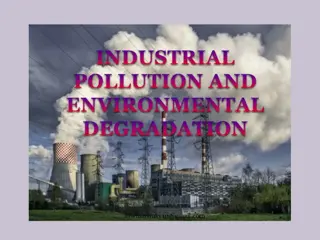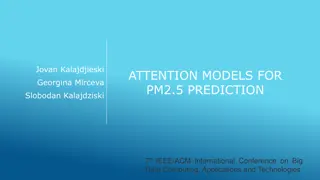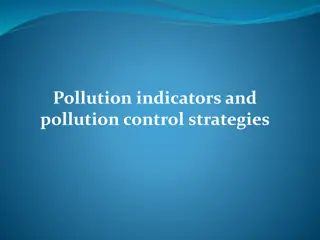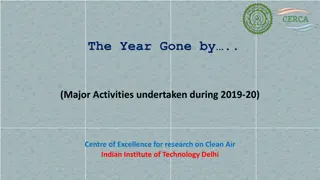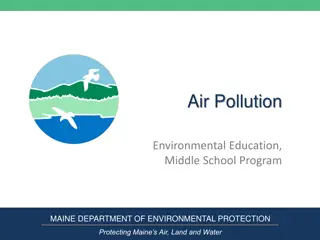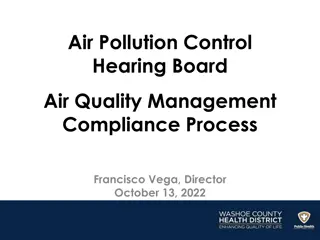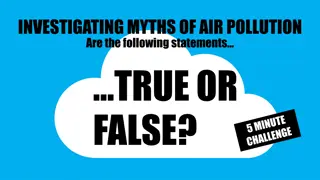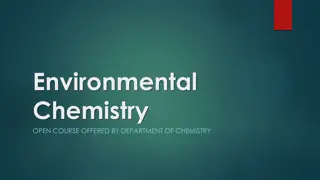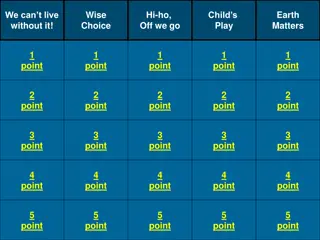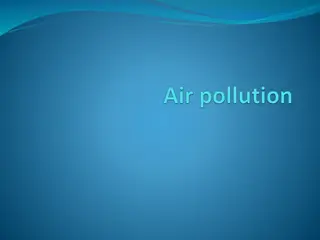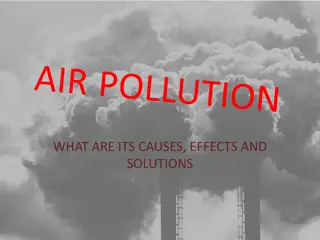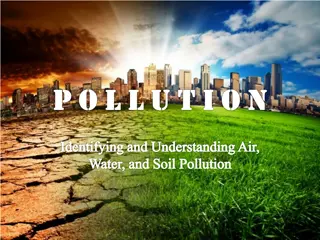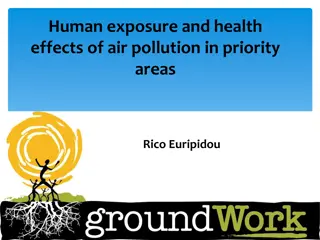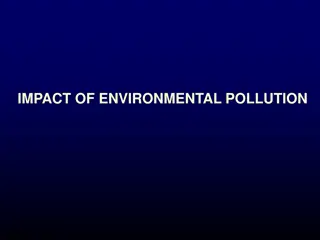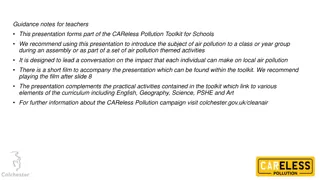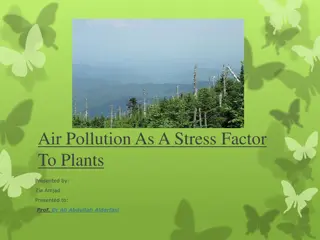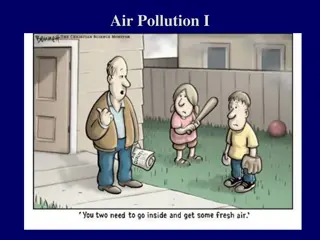
Energy from Waste: Green Technology or Air Pollution Source?
Explore the process of energy generation from waste, featuring a facility in Runcorn that converts residual waste into electricity. Learn how waste-to-energy plants work, produce electricity, manage emissions, and the public debate surrounding this technology.
Download Presentation

Please find below an Image/Link to download the presentation.
The content on the website is provided AS IS for your information and personal use only. It may not be sold, licensed, or shared on other websites without obtaining consent from the author. If you encounter any issues during the download, it is possible that the publisher has removed the file from their server.
You are allowed to download the files provided on this website for personal or commercial use, subject to the condition that they are used lawfully. All files are the property of their respective owners.
The content on the website is provided AS IS for your information and personal use only. It may not be sold, licensed, or shared on other websites without obtaining consent from the author.
E N D
Presentation Transcript
Energy from Waste? A green technology or a dangerous source of air pollution?
Energy from Waste The energy-from-waste facility in Runcorn operates 24 hours a day, seven days a week. It is capable of processing more than 420,000 tonnes of residual waste material a year and generates 50 megawatts of electricity enough to power the equivalent of 63,000 homes. The energy-from-waste plant in Runcorn is the biggest of its kind in the UK.
How does it work? Waste-to-Energy: proces explanation (2007) - Bing video
How does it work? Waste is delivered to the Runcorn energy-from-waste facility by train. It is tipped into the bunker, where it is mixed to ensure an even burn. The waste is loaded by crane into the hopper, then travels down the feed chute into the furnace. Inside the furnace, a series of grate bars move the waste through the furnace where it is dried and burned at temperatures of around 1,000 C. Burning waste in the furnace creates hot flue gas, which is used to heat water in the boiler pipes. The hot water is turned into steam, which drives a turbine to generate electricity for the national grid and heat for local industry. The bottom ash, left after burning the waste, is processed on site the metals are extracted for recycling and the remaining ash is treated before being sold as an aggregate. The air emissions control system chemically cleans the flue gases to remove pollutants and passes them through bag filters to capture solid particles. The resultant air pollution control residue is sent for treatment and specialist disposal. The cleaned gases are released through the stack. Emissions are continuously monitored and are regulated by the Environment Agency.
How do people feel about EFW? Research the debate about Energy from Waste: Burning Waste For Energy (thisiseco.co.uk) How do people feel about this technology?
Over to you! You will be asked to make the case for or against the building of an EFW plant in your area Spend some time discussing all the facts you have learned about the processes involved and make a poster to support your argument You will be asked to present your argument back to the group

